Latest News
Rajiv’s assassination led to sympathy wave & saw Cong’s return
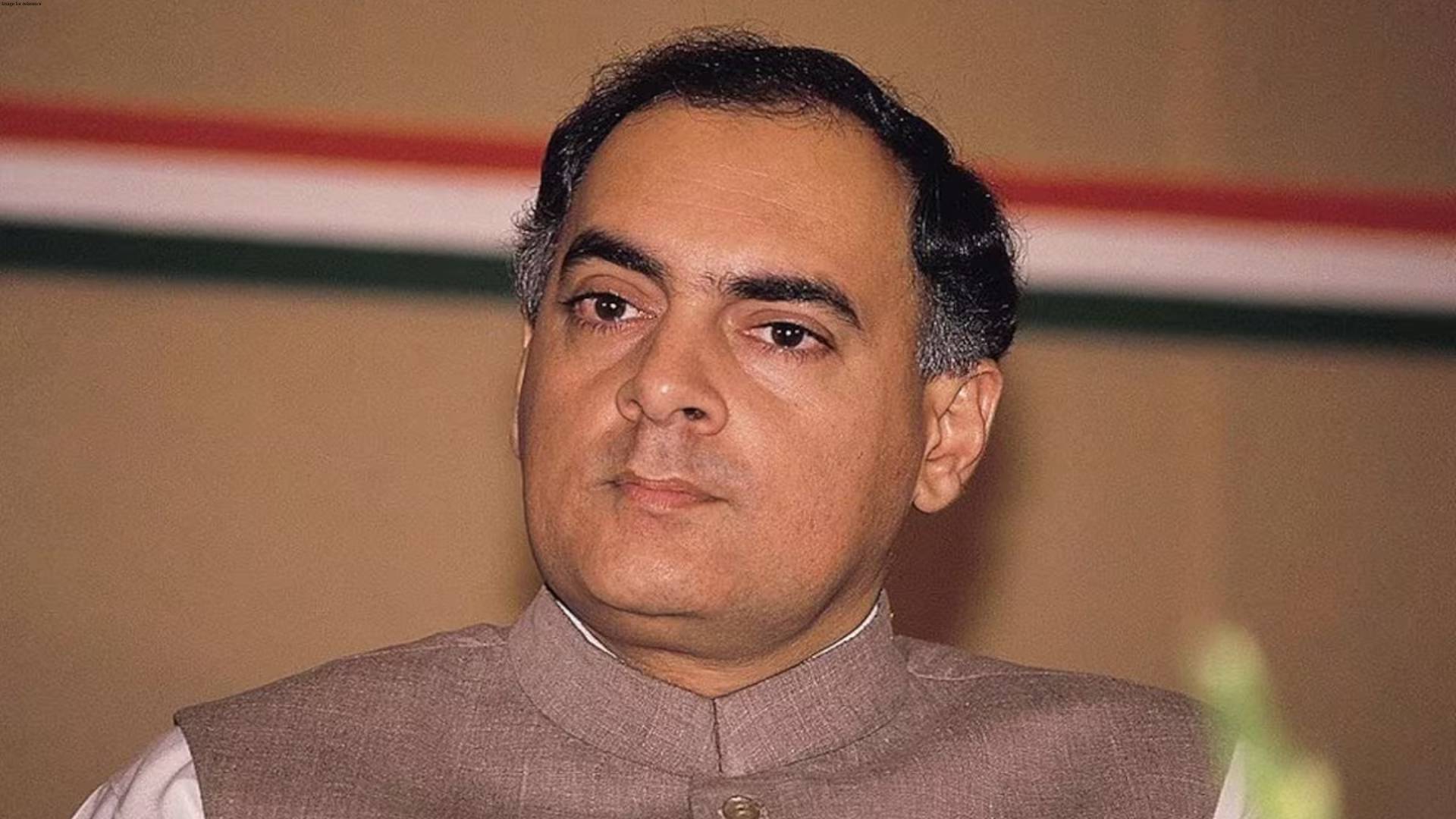
Jaipur: The tenth Lok Sabha elections in the country were held in 1991. This was the third midterm poll in country’s history. The entire election was fought around only two issues. First, recommendations of Mandal Commission and second, Ram Janmabhoomi-Babri Masjid dispute. For this reason it was also called the election of Mandal-Kamandal. It was during this poll that former PM Rajiv Gandhi was assassinated and due to the sympathy wave, Congress succeeded in coming closer to power, leaving other parties behind. Congress did not get full majority but once again formed the government with the support of Left parties. PV Narasimha Rao was sworn in as Prime Minister on 21 June 1991. After Lal Bahadur Shastri, Rao was the second PM of the Congress who was not from the Nehru-Gandhi family.
After the dissolution of the Ninth Lok Sabha in 1991, the first phase of voting for the Tenth Lok Sabha occurred on May 20. The process was interrupted by the assassination of former PM Rajiv Gandhi by LTTE terrorists on May 21 while campaigning in Tamil Nadu. Consequently, the election was postponed for 15 days, with the remaining two phases of voting held on June 12 and June 15. Rajiv’s assassination occurred after the first phase of voting in 211 constituencies out of 534, resulting in varying results between stages. While the Congress was almost wiped out in the first phase, in subsequent two phases it scored a big victory due to sympathy wave. It won 232 seats but was 40 short of a majority. However, due to terrorism, in the elections held in Punjab on 19 February 1992, Congress got 12 out of 13 seats, taking its tally to 244.

.jpg)

.jpg)
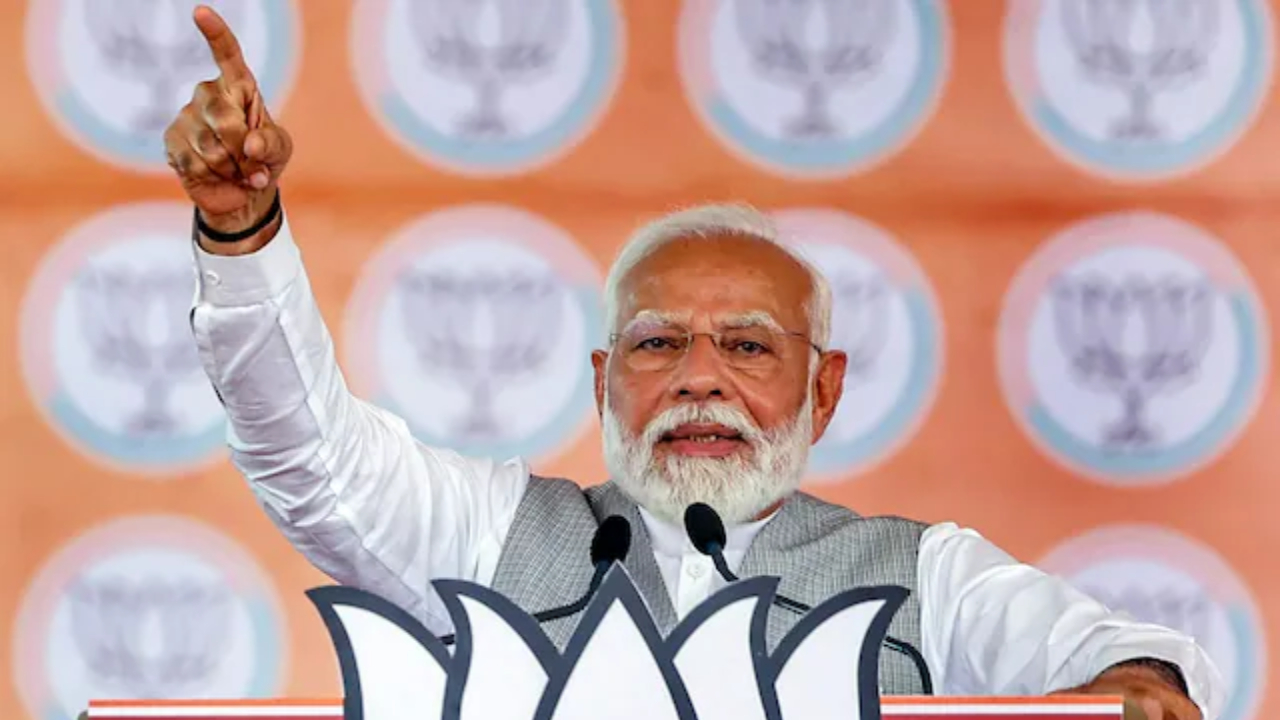
.jpg)
.jpg)
.jpg)
.jpg)
.jpg)
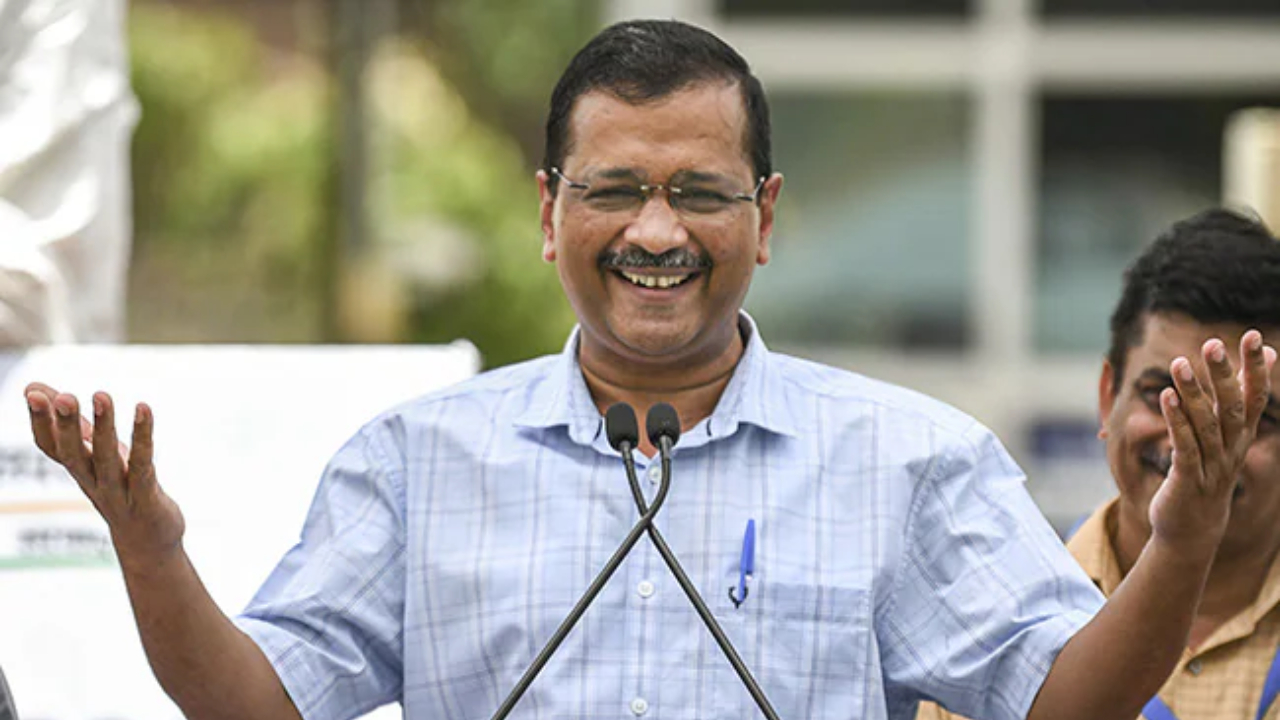
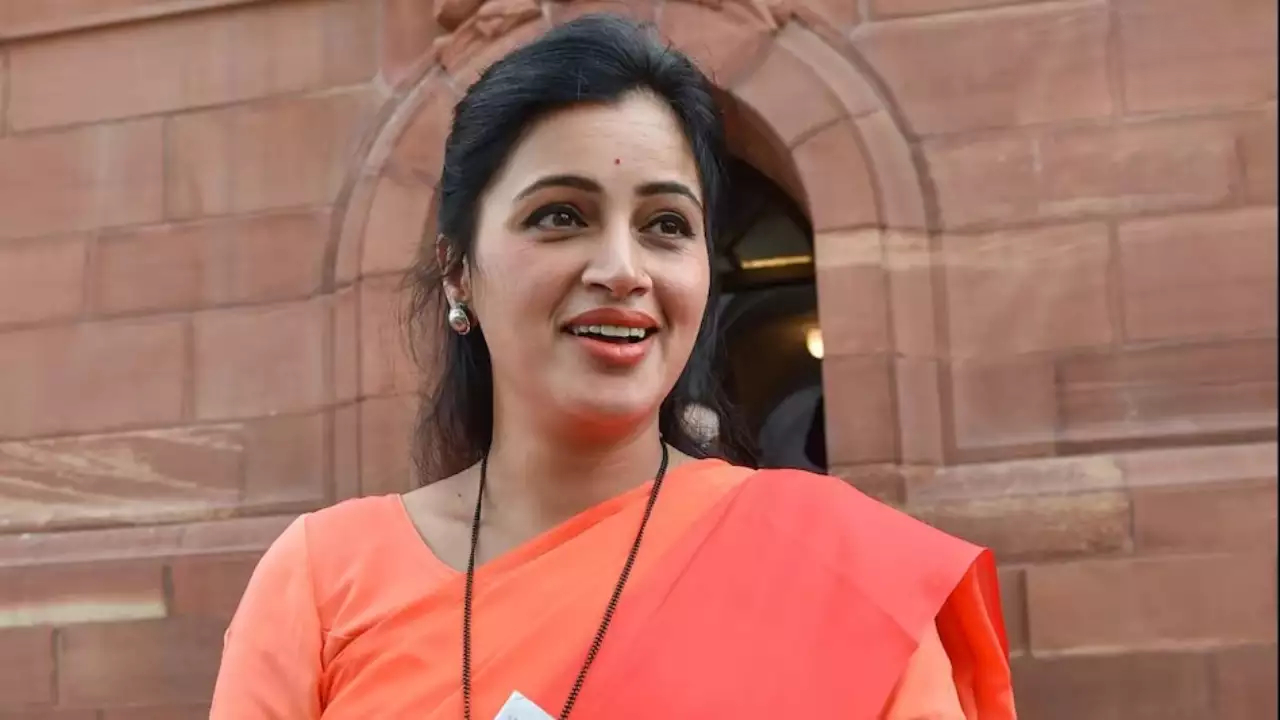
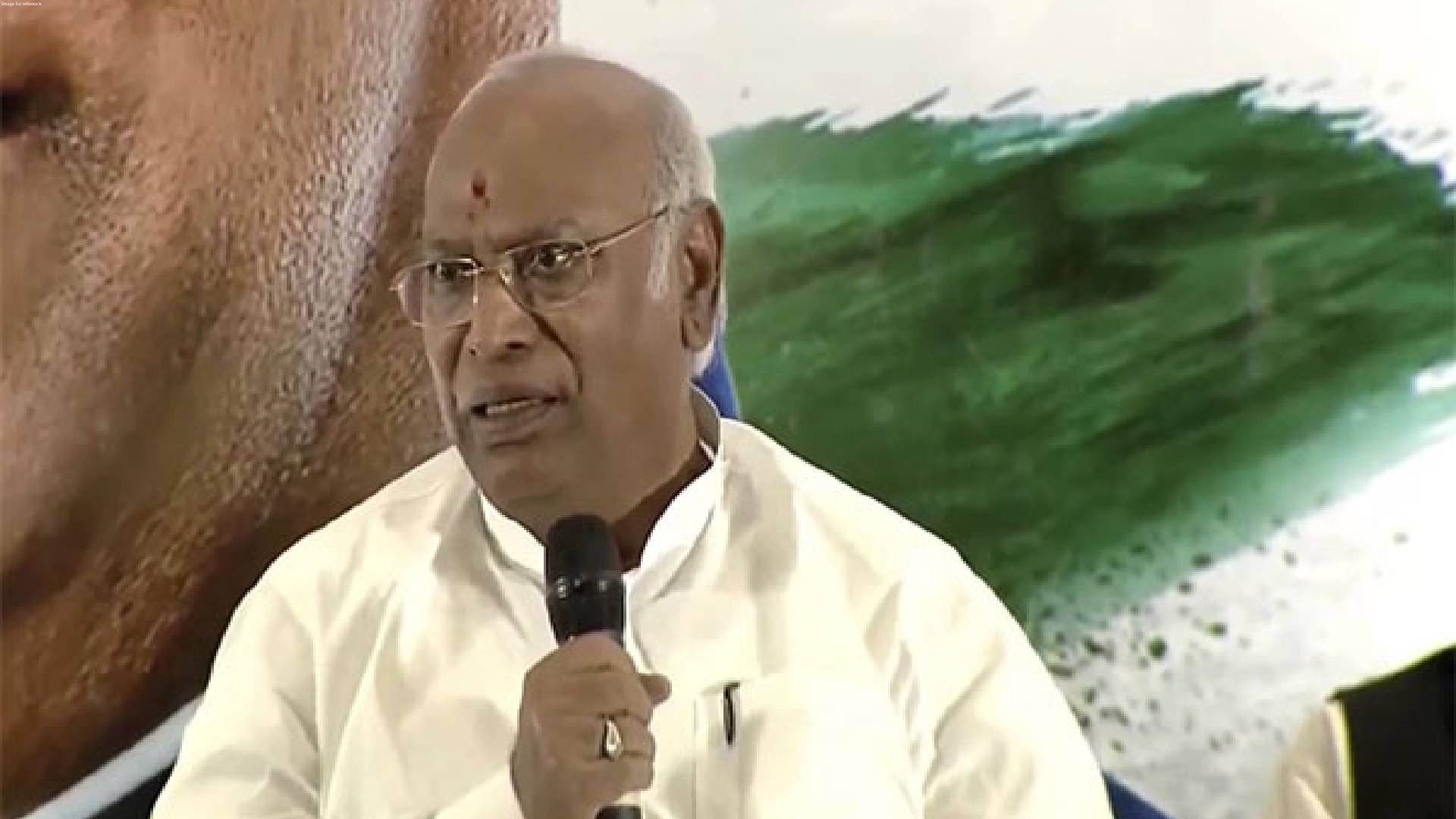
.jpg)
.jpg)
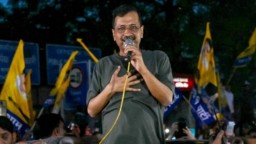
.jpg)

.jpg)
.jpg)
.jpg)
